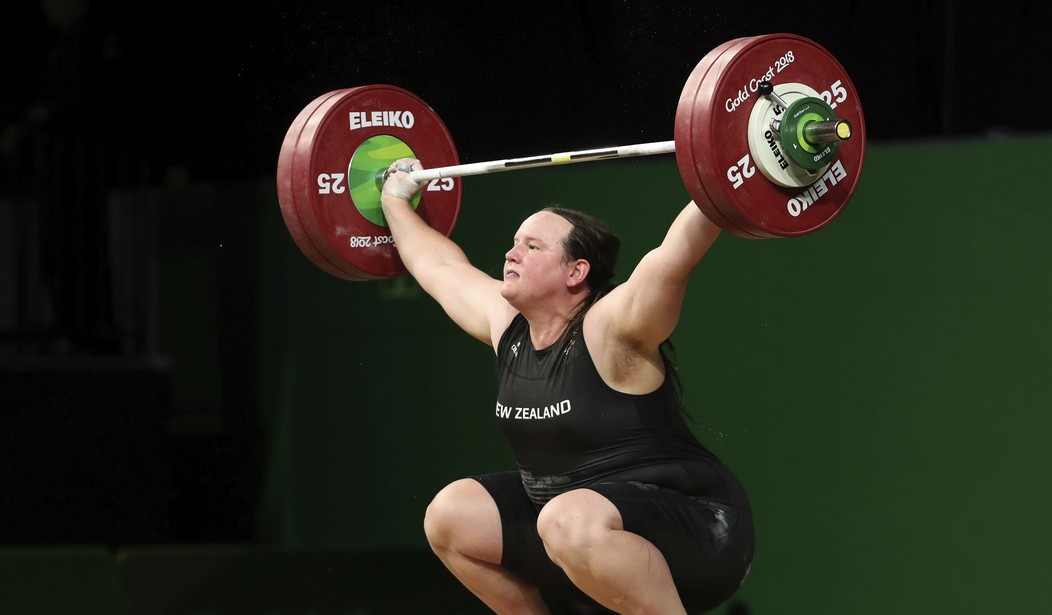The International Olympic Committee has published new guidelines for transgender and “intersex” athletes to compete but has punted the final decision to the international governing bodies for each sport.
We can expect debate on this issue to continue until the world comes to its senses. But, at least some of the recommendations recognize the artificial nature of transgender women—no matter how they feel about being a biological man.
Medical testing and genital inspections will no longer be allowed. Nor will specific levels of hormones be a determining factor in allowing an athlete to compete. Instead, each international governing body will develop its own standards to determine who’s a man and who’s a woman.
The encouraging news about individual governing bodies making that determination is that they will be “encouraged” to develop competition standards to exclude an athlete who demonstrates “a consistent, unfair, disproportionate competitive advantage.” The evidence for exclusion must be data-based.
The new framework also says that international federations should use eligibility criteria “that does not systematically exclude athletes from competition based upon their gender identity, physical appearance and/or sex variations.” The guidance also states that athletes should not be assumed to have an unfair and advantage due to them being transgender or having sex variations, unless specific evidence determines otherwise.
The guidelines also state that athletes should not be subjected to any unnecessary or invasive examinations and emphasizes the athlete’s right to privacy and transparency during the eligibility process.
Elevated testosterone levels in women do not necessarily lead to increased strength and endurance or better performance in competition. That’s why it was determined that other, data-based evidence has to be presented before a trans athlete can be banned.
The guidance replaces the Committee’s previous Consensus Statement issued in 2015, which dictated hormone level requirements in competition eligibility. According to the prior guidelines, those who transition from male to female were only allowed to compete with other female athletes under certain circumstances, including a testosterone level in serum below 10 nmol/L for at least 12 months before the athlete’s first competition.
The previous framework was subject to a great deal of criticism in the leadup to the 2020 Tokyo Games. Two 18-year-old sprinters from Namibia were barred from competing in the 400 meters after tests revealed a high natural testosterone level that exceeded the track and field rules’ threshold, according to the Associated Press. Caster Semenya of South Africa switched from the 400 meters to the 200 meters because of the same regulation.
Related: Texas House Passes Bill to Protect Girls’ Sports
The debate will continue until female athletes finally rebel and make biology the determining factor in allowing competition. It matters little how many scientific studies are thrown around or how many trans athletes compete. If the standard is going to be “a consistent, unfair, disproportionate competitive advantage,” most trans athletes should be barred anyway.
They won’t be. But they should.










Join the conversation as a VIP Member